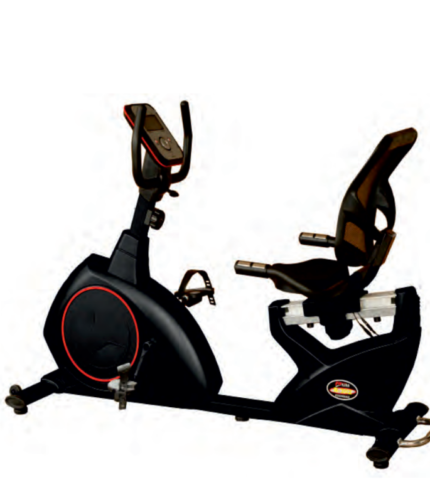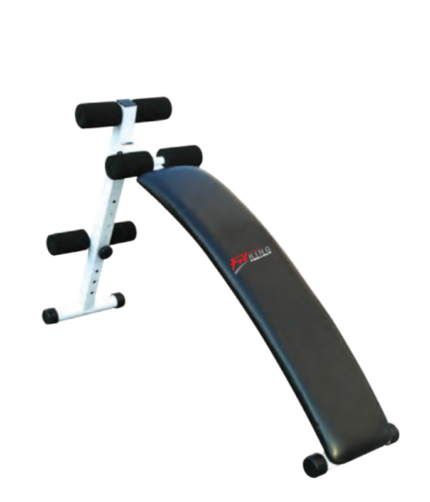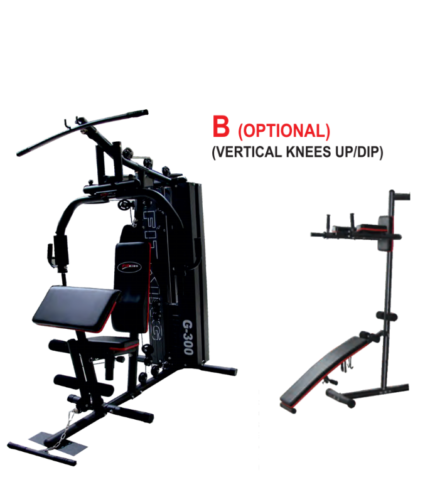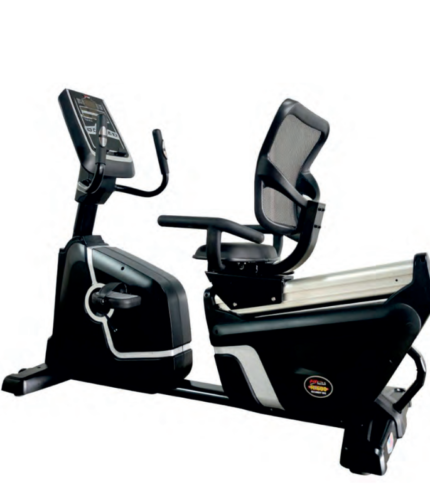The fitness equipment industry has experienced unprecedented growth and transformation in recent years, particularly during the COVID-19 pandemic. As more individuals turned to home workouts and fitness became a priority, the demand for gym equipment surged. However, this spike in demand exposed significant vulnerabilities within the supply chain, leading to shortages, delays, and increased costs. In this blog post, we will explore the various challenges faced by the fitness equipment industry’s supply chain and discuss strategies for navigating these obstacles effectively.
The Impact of COVID-19 on Supply Chains
Surge in Demand
As gyms closed and people sought alternatives for maintaining their fitness routines, the demand for home exercise equipment skyrocketed. According to a study by Yelp, interest in fitness equipment rose by 500% in the United States during early 2020. Companies like Peloton reported a 66% increase in sales during the first quarter of 2020, while other brands struggled to keep up with overwhelming demand.
Disruptions in Manufacturing
The pandemic led to widespread factory shutdowns, particularly in Asia, where a significant portion of fitness equipment is manufactured. This disruption resulted in reduced production rates and difficulties in sourcing materials. For example, Rogue Fitness faced inventory shortages due to factory closures and high demand for kettlebells and other essential equipment.
Transportation Challenges
With global shipping routes disrupted and port congestion becoming commonplace, transporting finished products became increasingly difficult. Delays in shipping not only affected delivery times but also led to increased shipping costs as companies sought alternative methods to expedite deliveries.
Key Supply Chain Challenges
1. Sourcing Materials
The fitness equipment industry relies heavily on specific materials such as steel, rubber, and electronics. Disruptions in the supply of these materials can create bottlenecks that hinder production.
Strategies for Improvement:
- Diversifying Suppliers: Establishing relationships with multiple suppliers can reduce dependency on any single source and mitigate risks associated with shortages.
- Local Sourcing: Whenever possible, sourcing materials locally can shorten lead times and reduce transportation costs.
2. Inventory Management
With fluctuating demand patterns, managing inventory effectively has become a significant challenge. Many companies found themselves either overstocked with products that weren’t selling or understocked on popular items.
Strategies for Improvement:
- Data Analytics: Utilizing data analytics can help predict demand trends more accurately, allowing companies to adjust inventory levels accordingly.
- Just-in-Time (JIT) Inventory: Implementing JIT inventory practices can minimize excess stock while ensuring that products are available when needed.
3. Quality Control
As manufacturers rush to meet demand, maintaining quality control becomes increasingly challenging. Compromised quality can lead to safety issues and damage brand reputation.
Strategies for Improvement:
- Robust Quality Assurance Processes: Establishing strict quality control measures at every stage of production helps ensure that products meet safety standards.
- Regular Audits: Conducting regular audits of suppliers and manufacturers can help identify potential quality issues before they escalate.
4. Transportation Logistics
Transportation logistics have faced unprecedented challenges due to port congestion, labor shortages, and rising fuel costs. These factors contribute to longer lead times and increased shipping expenses.
Strategies for Improvement:
- Investing in Logistics Technology: Utilizing advanced logistics software can enhance visibility throughout the supply chain, helping companies track shipments more effectively.
- Alternative Transportation Methods: Exploring air freight or rail transport as alternatives to ocean shipping can expedite deliveries when necessary.
Innovations Shaping the Future of Supply Chains
1. Embracing Technology
Technology plays a pivotal role in optimizing supply chains across industries. In the fitness equipment sector, companies are increasingly leveraging technology to improve efficiency and resilience.
Key Technologies:
- Supply Chain Management Software: Implementing comprehensive software solutions can streamline operations from procurement to delivery.
- Blockchain Technology: Utilizing blockchain can enhance transparency by providing real-time tracking of products throughout the supply chain.
2. Sustainability Practices
As consumer awareness of environmental issues grows, adopting sustainable practices within the supply chain has become essential. Brands that prioritize sustainability not only meet consumer expectations but also reduce their environmental impact.
Strategies for Improvement:
- Eco-Friendly Materials: Sourcing sustainable materials helps minimize environmental harm while appealing to eco-conscious consumers.
- Sustainable Manufacturing Processes: Implementing energy-efficient manufacturing practices reduces waste and lowers carbon footprints.
3. Building Stronger Supplier Relationships
Developing strong relationships with suppliers is crucial for navigating supply chain challenges effectively. Collaborative partnerships foster open communication and enable companies to respond quickly to disruptions.
Strategies for Improvement:
- Regular Communication: Maintaining open lines of communication with suppliers helps identify potential issues early on.
- Long-Term Contracts: Establishing long-term contracts with key suppliers can provide stability and security during uncertain times.
Case Studies: Successful Adaptations
Core Health & Fitness
Core Health & Fitness faced significant supply chain challenges during the pandemic but turned these obstacles into opportunities by partnering with Redwood Logistics. This collaboration provided end-to-end visibility across their global manufacturing supply chain, enhancing their ability to meet customer demands while maintaining quality control.
Key Outcomes:
- Improved logistics execution led to nearly 9% savings on less-than-truckload (LTL) shipping costs.
- Enhanced visibility allowed Core Health & Fitness to integrate their entire supply chain more effectively.
Peloton’s Supply Chain Investments
Peloton invested heavily in improving its supply chain during the pandemic by increasing its reliance on air freight and diversifying its supplier base. This proactive approach allowed them to mitigate some of the disruptions caused by port delays while ensuring timely deliveries for their customers.
Key Outcomes:
- Significant investments helped Peloton maintain customer satisfaction despite heightened demand.
- The company’s focus on logistics optimization positioned them well for future growth as consumer preferences continue to evolve.
The Future of Supply Chains in the Fitness Equipment Industry
As the fitness equipment industry continues to grow, navigating supply chain challenges will remain a top priority for manufacturers and retailers alike. Here are some trends shaping the future:
1. Increased Focus on Resilience
The pandemic highlighted the importance of building resilient supply chains that can withstand disruptions. Companies will continue investing in technologies and strategies that enhance flexibility and adaptability.
2. E-commerce Growth
With more consumers shopping online for fitness equipment than ever before, companies must optimize their e-commerce platforms and logistics processes to meet rising expectations for fast delivery.
3. Sustainability as a Core Value
Sustainability will become an integral part of supply chain strategies as consumers increasingly prioritize eco-friendly practices when making purchasing decisions.
Conclusion
Navigating supply chain challenges in the fitness equipment industry requires a multifaceted approach that embraces technology, fosters strong supplier relationships, and prioritizes sustainability. As consumer demand continues to evolve post-pandemic, companies must remain agile and adaptable to thrive in this dynamic landscape.
By implementing innovative strategies and leveraging data-driven insights, fitness brands can build resilient supply chains capable of meeting customer needs while maintaining high standards of quality and service. The lessons learned during recent disruptions will undoubtedly shape the future of supply chains in this ever-growing industry—ultimately leading to a more robust ecosystem that benefits both businesses and consumers alike!












